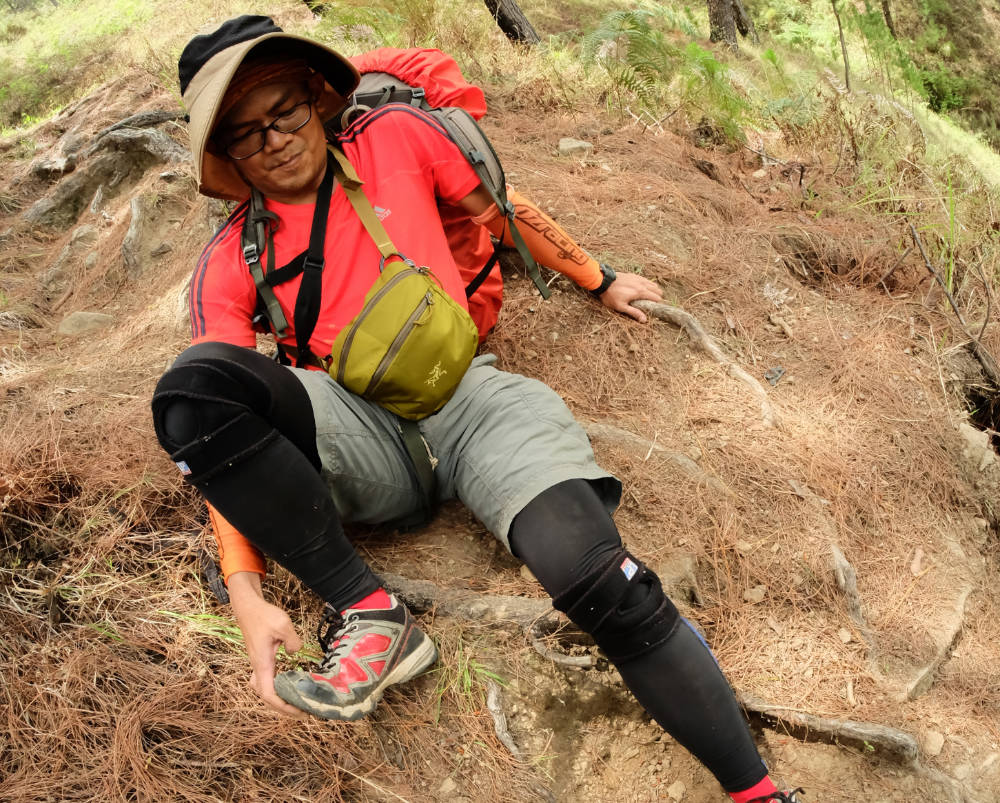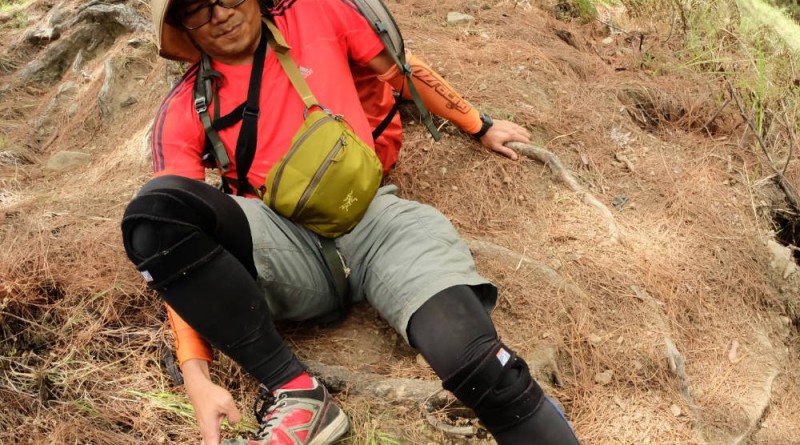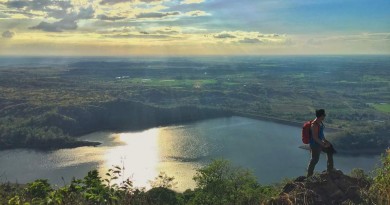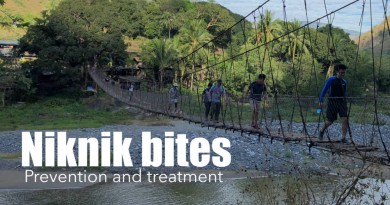How to avoid leg cramps (pulikat) while hiking

by Gideon Lasco, MD
Leg cramps (pulikat in Tagalog) is a common condition experienced by hikers, particularly in long ascents and descents, and especially in hot and humid weather. It is caused by a number of factors, including lack of training and conditioning for the affected muscle groups, dehydration, and electrolyte imbalance, but the predisposition to cramping can vary from person to person. Here are some steps to prevent cramps when hiking:
1. Do some uphill and downhill jogging to prepare for the hike. Muscles are very specific to particular tasks, which is why even the most experienced marathoner can sometimes feel tired when faced with a steep ascent. The leg muscles engaged in hiking are also specific: Uphill hikes involve mainly the butt muscle (gluteus maximus) and that of the thigh (quadriceps femoris or quads), with some involved of the hamstrings, gastrocnemius, and others. Going downhill, on the other hand, involve the quadriceps, which function as a ‘brake’ for the body. Preparing the muscles for these specific motions can help – and of course, if you hike regularly, this won’t be a problem.
2. Do some muscle stretching right before the hike. This is good practice especially when attempting strenuous walks.
2. Warm up first. Because hiking itself is an aerobic activity, this simply means hiking on a slow to moderate pace at the beginning – before speeding up to your preferred pace.
3. Hydrate adequately. There is no hard and fast rule as to how much water you should drink: this largely depends the climate (including sun exposure) the intensity of the hike, and individual variation. In the Philippines, 300-500 mL of water per hour of hiking is recommended on ordinary hiking trails.
4. Replenish those electrolytes. As we sweat during the hike, we lose sodium and potassium: two vital electrolytes in our body. Aside from sports drinks, juices and coconut water can replace electrolytes, and so can some light snacks along the way. Most hikers don’t have to worry about this but if you’re prone to muscle cramping or if you’re hiking an intense trail, consider bringing electrolyte-rich foods and beverages.
5. Pace yourself. Slowing down in intense parts of the trail like steep ascents, and taking short breaks, can help prevent cramping.
FIRST AID FOR CRAMPS WHEN HIKING
But what if the cramps are already there? The first thing you should do is to rest, drink some water, replenish electrolytes (sports drinks, ORS, buko juice can do the trick), and gently stretch the affected muscle. Some people report some efficacy when massaging the affected muscle. Medicines like pain relievers are NOT needed to treat an ordinary cramp, which normally goes by away on its own after a few minutes.
Avoid applying ice, contracting the muscle, or forcing yourself to continue while you’re experiencing cramps.
Take note also that some medications like donepezil, neostigmine, and raloxifene can cause cramps. So can anti-cholesterol medications like atorvastatin. Also, certain medical conditions and vitamin deficiencies can also cause cramps. If cramping persists, even when the trail isn’t hard, or when you find myself being exceptionally prone to cramping as compared to your hike buddies, you may want to seek a consultation with a doctor.






Leave a Reply
Be the First to Comment!